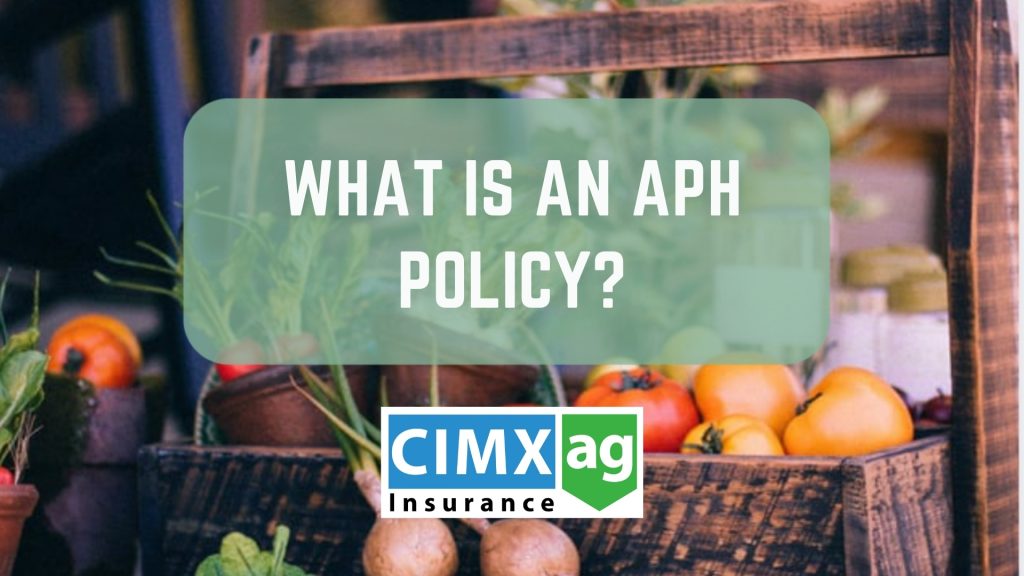
When it comes to protecting your crop — and your bottom line — knowing your insurance options is key. One important tool for many growers is an APH policy, short for Actual Production History.
But what exactly does that mean?
APH 101: What It Is
An APH policy is a type of yield-based crop insurance that uses your own historical production records to determine your coverage level. In simple terms: the more consistent and higher your past yields, the better your protection going forward.
Your approved yield is based on up to 10 years of your actual reported production data. This figure then determines how much coverage you qualify for — and what your indemnity payments could look like in the event of a loss.
Who Is It For?
Here’s the important part: APH policies are currently the only crop insurance option available for certain vegetable crops — including:
- Fresh market corn
- Fresh market tomatoes
- Fresh market onions
That means if you’re growing these crops commercially, APH is your go-to way to protect your revenue from unpredictable setbacks like weather, pests, or disease.
How It Helps
An APH policy can be a powerful planning tool. Here’s how:
✅ Tailored to your farm – Since the policy is based on your production history, it reflects your actual farm performance, not a county average.
✅ Financial safety net – If yields fall short due to a covered loss, you’ll have support to help make up the difference.
✅ Supports long-term growth – With consistent reporting, you can build up a stronger yield history — and more robust coverage.
If you’re not sure how APH would work for your operation — or you’re missing historical yield records — don’t worry. Our team can walk you through it and help determine what options are available for your farm.
📞 Reach out today or visit cimxag.com to get started.






























